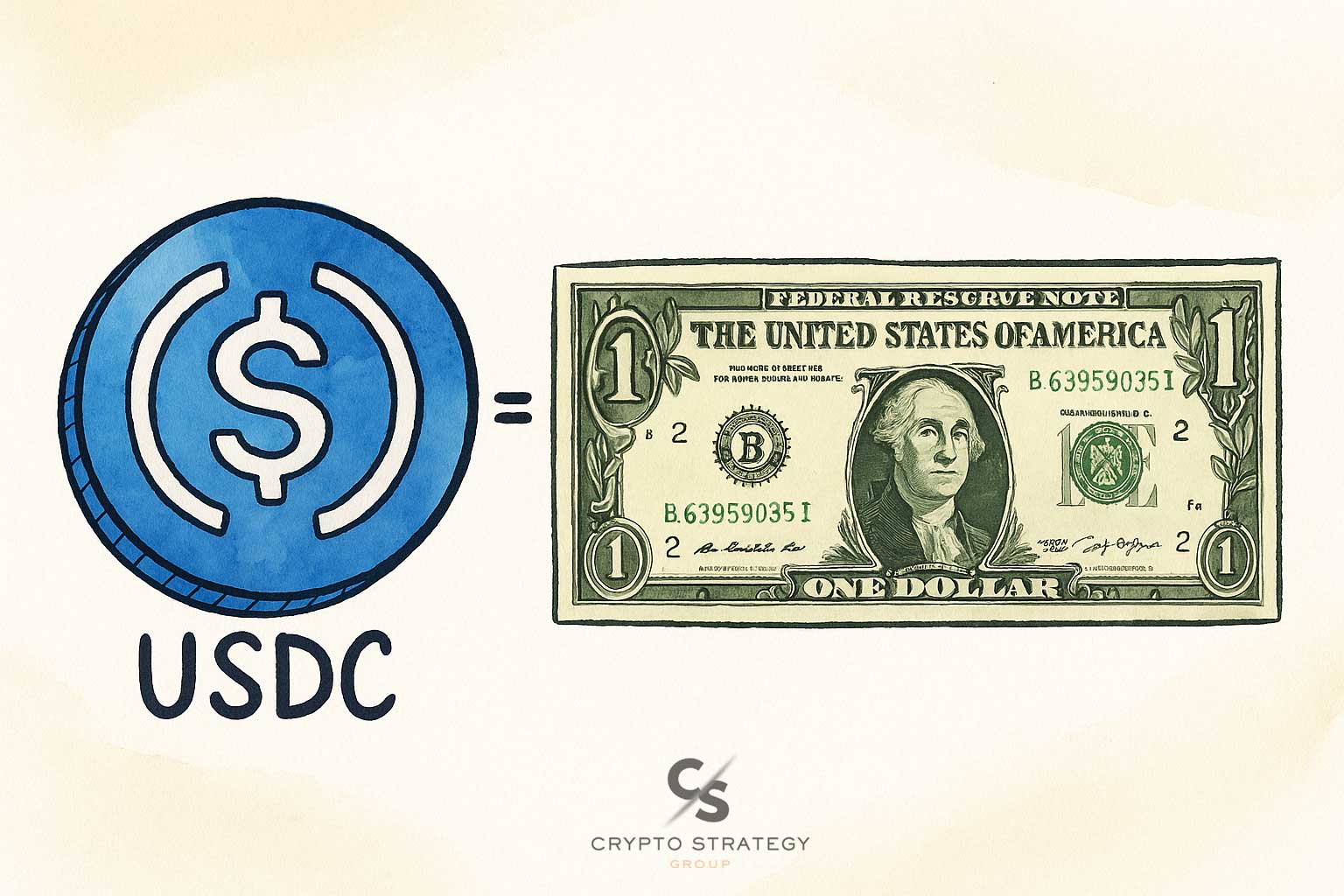
What is a Stablecoin?
Stablecoins are a type of cryptocurrency designed to do one thing really well: stay stable.
Unlike Bitcoin or Ethereum—which can rise or fall in price quickly—stablecoins are engineered to keep a steady value, usually pegged 1:1 to a traditional currency like the U.S. dollar. Think of them as the “steady Eddie” of the crypto world: less about wild price swings, and more about dependable value.
🔍 Why Stablecoins Were Created
In the early days of cryptocurrency, one big problem stood out: volatility. You might buy $100 worth of Bitcoin, only to see it drop to $70—or shoot up to $150—within days or even hours. This made it hard for crypto to be used in everyday payments or business operations.
To solve this, stablecoins were introduced around 2014 to provide the benefits of cryptocurrency (fast transactions, no middlemen, global reach) without the unpredictability. They became a digital “safe zone” for traders, investors, and now increasingly for businesses looking to accept crypto payments or move money efficiently.
🧠 How Do Stablecoins Work?
Stablecoins are typically backed by something of value. There are three major types:
Fiat-backed Stablecoins
These are backed 1:1 by traditional currency (usually U.S. dollars) held in a bank.
→ Example: USDC, USDT (Tether)
Crypto-backed Stablecoins
These use other cryptocurrencies as collateral and are managed by smart contracts.
→ Example: DAI (from MakerDAO)
Algorithmic Stablecoins
These use software algorithms and supply-demand mechanisms to maintain stability, but are considered high risk after several failures (like Terra UST in 2022).
→ Most are no longer widely used due to risk.

💼 Who Issues Stablecoins?
-
USDC (USD Coin): Issued by Circle, in partnership with Coinbase, and backed by fully reserved U.S. dollars and U.S. Treasuries. It’s widely considered the most transparent and regulated.
-
USDT (Tether): One of the first and most used stablecoins globally. Issued by Tether Limited, it has faced scrutiny over reserve transparency but remains dominant in trading markets.
-
DAI: A decentralized stablecoin governed by the MakerDAO protocol. It is backed by crypto collateral (like ETH or WBTC) and is a key player in decentralized finance (DeFi).
🏛️ What Does U.S. Law Say About Stablecoins?
As stablecoins have grown into a $150+ billion market, regulators have taken notice. Here’s what’s happening now:
-
Congress is actively drafting legislation to regulate stablecoin issuers like Circle and Tether.
-
In 2024, new stablecoin bills made it through House committee stages. These proposals aim to:
-
Require issuers to hold 100% reserve backing (e.g., cash and short-term Treasuries).
-
Mandate real-time audits and transparency.
-
Clarify who can legally issue stablecoins (e.g., regulated financial institutions).
-
-
The Federal Reserve may soon play a more formal role in supervising stablecoin issuers, particularly those used in payment systems.
-
SEC and CFTC are still working out jurisdiction, especially when stablecoins are used in lending or DeFi platforms.
This growing legal clarity is helping more businesses and institutions feel confident using stablecoins in real-world applications.
⚙️ What Are Stablecoins Used For?
Here’s where stablecoins shine for businesses:
|
Use Case |
Description |
|---|---|
|
Payments |
Accept crypto payments with dollar-like stability (no conversion loss). |
|
Payroll |
Pay contractors, freelancers, or international workers in USDC or USDT. |
|
Treasury Management |
Park crypto profits or hold reserves in a stable asset on-chain. |
|
DeFi Access |
Earn interest or borrow/lend using stablecoins as collateral. |
|
Cross-Border Transfers |
Settle payments across borders in minutes, not days—without banks. |
🧭 Why Should Businesses Care?
Stablecoins offer a bridge between traditional finance and blockchain. They’re programmable, auditable, and fast—but most importantly, they feel familiar because they track traditional currencies like the U.S. dollar.
Accepting crypto payments in USDC or USDT through tools like Shopify, Stripe, or Solana Pay allows businesses to tap into a new customer base—without worrying about volatility.
✅ TL;DR – Quick Summary
-
Stablecoins = crypto pegged to a stable asset (like the U.S. dollar).
-
USDC and USDT are the most widely used.
-
Created to reduce volatility and make crypto practical.
-
New U.S. laws are on the way, offering clearer guardrails.
-
Businesses can use them for payments, payroll, and treasury.
